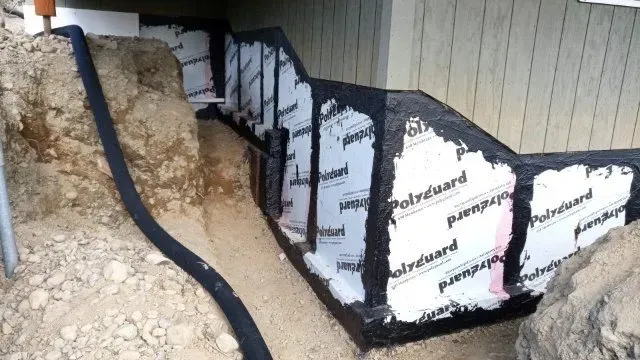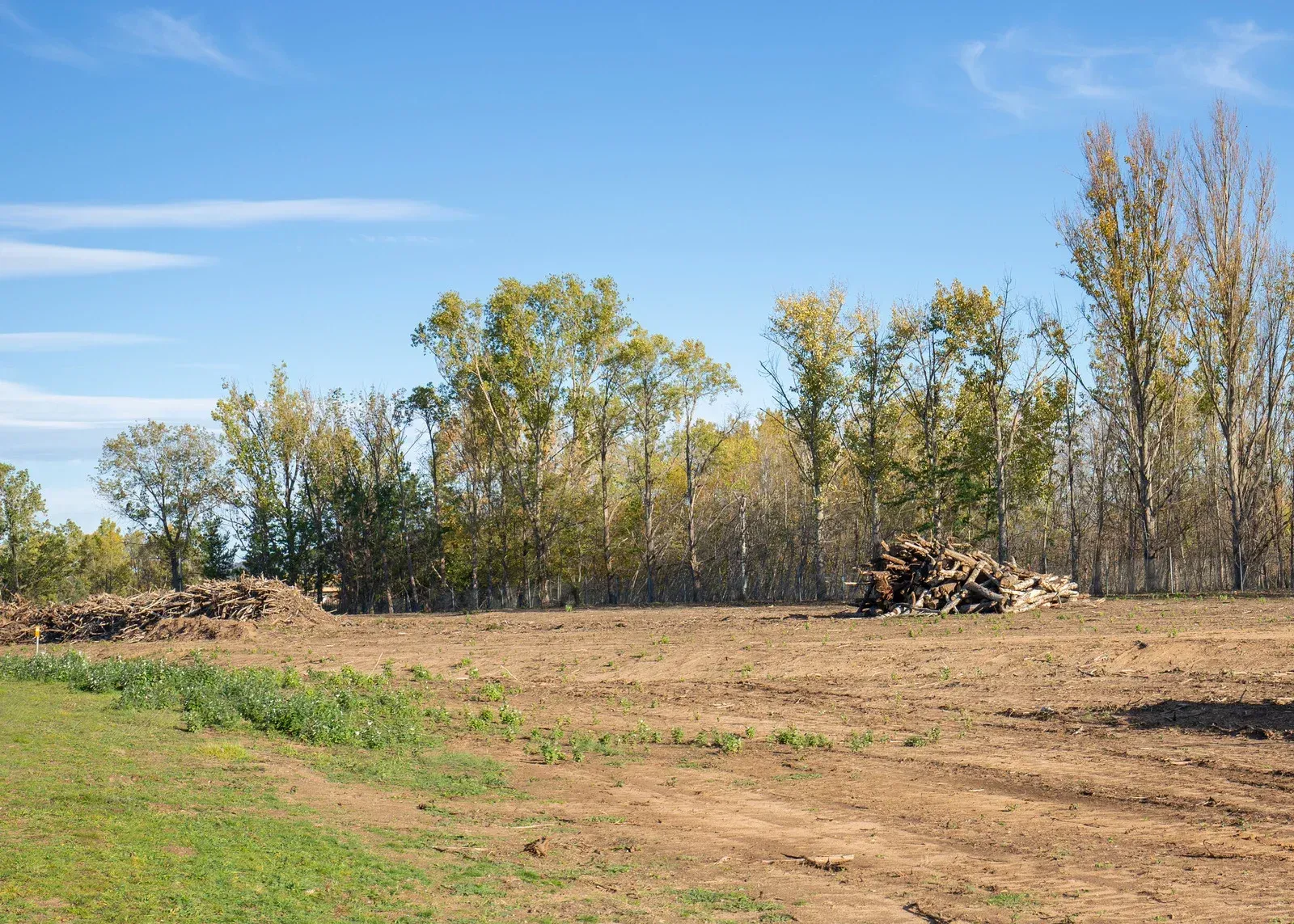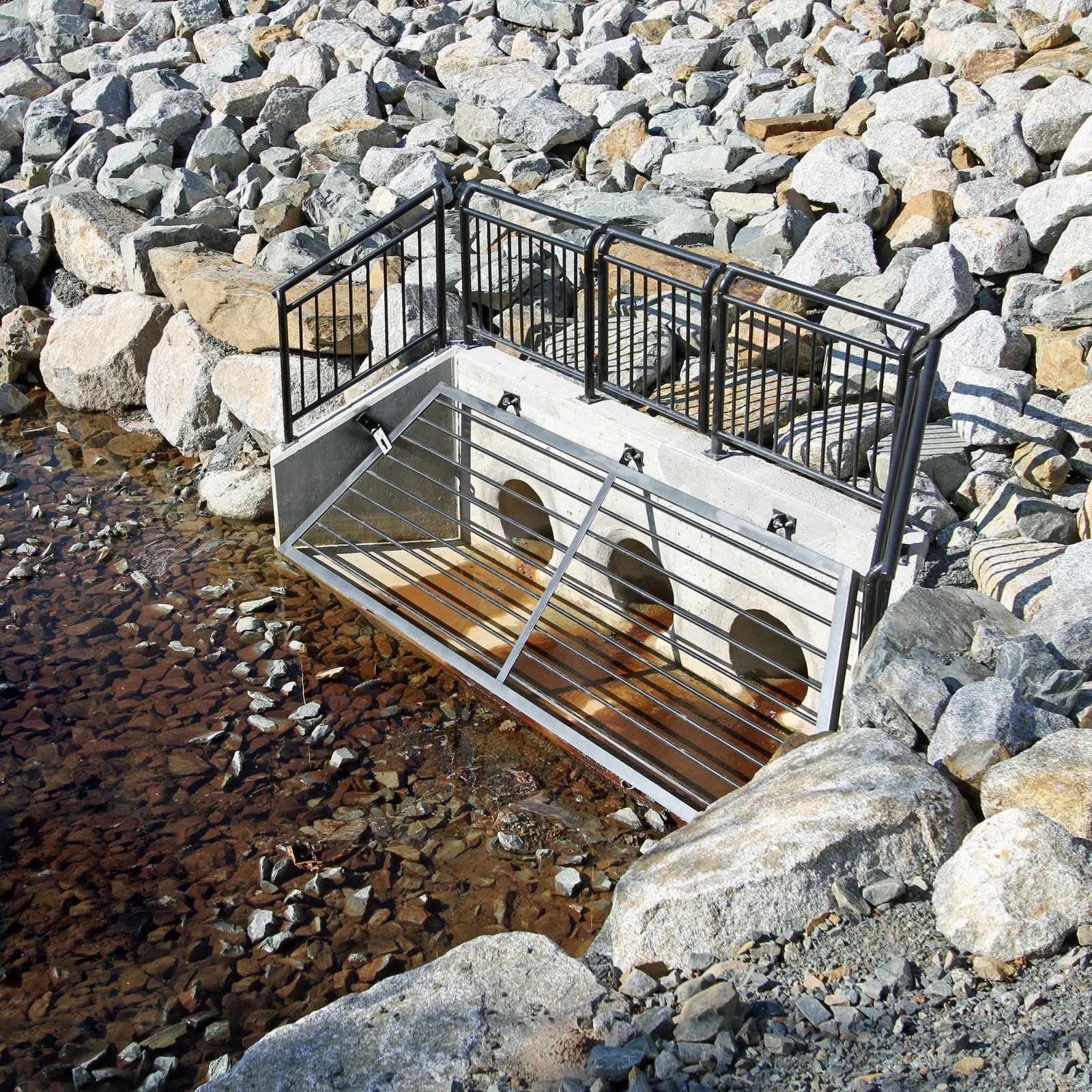6 Situations Where Curtain Drains Are The Best Option
Water pooling around your property can cause serious problems for the foundation, landscape, and overall safety of your space, which is why knowing the right drainage solution makes a huge difference. Curtain drains, also called interceptor drains, are one of the most effective ways to redirect surface water and protect areas prone to water issues.
1. When Water Collects Around the Foundation
Excess water near the foundation of a building often leads to cracks, leaks, and costly damage if ignored for too long. Installing a curtain drain along the problem side of the property helps redirect water before it reaches the base of the structure. By channeling the flow safely away, this simple system prevents damage that can weaken walls or floors over time.
2. When a Yard Stays Constantly Wet
Lawns that remain soggy after rainfall are difficult to maintain and often become breeding grounds for mosquitoes and other pests. A curtain drain installed along the upper edge of the yard creates a clear path for water to move downhill. Once the excess moisture flows out, the lawn dries faster, the grass grows stronger, and the space becomes easier to use.
3. When Driveways or Walkways Flood Frequently
Paved surfaces without proper drainage tend to collect rainwater and snowmelt that can freeze during winter or create slippery conditions. Curtain drains positioned along the edge of the pavement guide this water into a gravel trench and then into a safe outlet. It reduces erosion, prevents surface cracking, and keeps driveways and walkways much safer.
4. When Hills or Slopes Push Water Toward the Property
Homes or businesses built near slopes often face water rushing downhill toward the building. A curtain drain placed at the top of the slope intercepts the flow before it can reach the property. The drain then redirects water safely across the land, which protects the soil, reduces runoff pressure, and prevents flooding in low-lying areas.
5. When a Septic System Becomes Overloaded
Properties that rely on septic systems sometimes struggle with heavy water flow from rainfall or groundwater pressure. This added stress reduces the efficiency of the system and can lead to backups or soggy leach fields. Curtain drains installed uphill of the septic system lower the amount of surface water entering the area, keeping the system functional and preventing costly failures.
6. When Basements Show Signs of Dampness
Basements that develop damp walls, peeling paint, or musty odors often suffer from water infiltration around the exterior. A curtain drain positioned outside the structure provides an extra layer of defense by redirecting surface runoff before it reaches basement walls. With less pressure around the perimeter, basements stay dry and free from mold growth.
Conclusion
Curtain drains provide an affordable and reliable way to control surface water in many common situations, from protecting foundations to keeping basements dry and septic systems safe.
For dependable installation and maintenance of French &
curtain drains in Anchorage, Alaska, property owners can trust AA Dirtwork & Snow Removal
to deliver the right solution for long-lasting results.





